Overview:
The best software for 3D architectural visualization in 2024 includes Autodesk Revit, 3ds Max, and V-Ray, among others, each offering unique features that enhance the design and presentation process. The article highlights that these tools are essential for architects due to their advanced capabilities in modeling, rendering, and collaboration, which are crucial for meeting the growing demands of the architectural industry and ensuring client satisfaction.
Introduction
The year 2024 marks a pivotal moment in the evolution of 3D architectural visualization software, reflecting a landscape rich with innovation and user-centric design. As the market for visualization and 3D rendering tools expands, projected to reach a staggering valuation of $3.38 billion with a remarkable growth trajectory of 23.1% through 2030, architects are increasingly reliant on these technologies to enhance their design processes and client interactions.
Leading software solutions such as:
– Autodesk Revit
– 3ds Max
– V-Ray
are at the forefront, each offering unique capabilities that streamline workflows and elevate the quality of visual presentations. The integration of artificial intelligence further enriches this domain, enabling the creation of lifelike representations that bridge the gap between concept and reality. As the architectural community navigates this evolving landscape, understanding the strengths and applications of these tools is essential for achieving exceptional project outcomes and ensuring client satisfaction in a competitive market.
Overview of the Best 3D Architectural Visualization Software in 2024
The tools landscape for the top Best software for 3D architectural visualization in 2024 is characterized by remarkable innovation and a focus on user experience. The visualization and 3D modeling market was valued at US$ 3.38 billion in 2023, with projections indicating a growth rate of 23.1% through 2030, highlighting the increasing importance of these tools in the architectural field. Among the leading applications are:
- Autodesk Revit: Renowned for its powerful Building Information Modeling (BIM) features, which simplify the planning process and improve cooperation among stakeholders.
- 3ds Max: Distinguished by its sophisticated visualization tools, allowing architects to create impressive visual representations of their concepts.
- V-Ray: Celebrated for its capacity to generate photorealistic images that can greatly improve client presentations.
The integration of AI technology into these applications is pivotal, aiding in the creation of lifelike CG humans that bridge the uncanny valley, thus enriching architectural visualizations. Other praiseworthy alternatives consist of:
- SketchUp: Recognized for its intuitive interface that streamlines the modeling process.
- Lumion: Preferred for its real-time visualization capabilities that animate concepts immediately.
The main factor influencing the visualization and 3D imaging software market is the growing acceptance of virtual modeling and building design solutions, which highlights the crucial importance of the top Best software for 3D architectural visualization. Furthermore, the Asia Pacific region is projected to grow at the fastest rate of 18.1%, with significant contributions from countries like China, South Korea, and Japan, driven by industrial growth and demand in architecture. Each of these tools offers distinct advantages that are pivotal for architects aiming to elevate their visualization projects to new heights.
As the 3D visualization market continues to evolve, understanding the top Best software for 3D architectural visualization and their unique features and applications becomes essential for achieving exceptional architectural outcomes. Additionally, the collaborative production process plays a crucial role in ensuring client satisfaction. This process starts with initial communication to understand the goals, followed by detailed modeling and material selection, where lighting—both artificial and natural—enhances the realism and emotional impact of the renderings.
By incorporating these elements, architects can create compelling visual narratives that resonate with clients and stakeholders.
Top Software Tools for 3D Architectural Visualization
Autodesk Revit: A cornerstone in architectural planning, Revit is renowned for its robust Building Information Modeling (BIM) features, enabling architects to create intricate models and collaborate efficiently. Its extensive capabilities support complex project requirements and ensure accuracy throughout the development process. As Deniz D. notes, “It’s a great experience, I’ve learnt a lot about it like how to use parametric design & merge it with industrial objects for example chairs, sneakers so far and so on. The software is wonderful that’s why I keep cheering it.” With a customer rating of 4.5/5 stars, Revit stands as a credible choice in the industry, backed by testimonials that reflect client satisfaction and trust. Clients appreciate how Revit helps them stay on schedule and within budget, ensuring a smoother project flow.
3ds Max is considered one of the top best software for 3D architectural visualization, known for its unparalleled rendering capabilities and excellence in producing stunning visualizations and animations, making it a preferred choice among architectural visualizers. The program’s capability to manage high-resolution outputs significantly enhances the quality of presentations. Success stories highlight how firms utilizing 3ds Max have achieved remarkable visual fidelity, elevating client engagement and project approvals while fostering a deeper connection with potential homeowners. Clients have indicated that this application has assisted them in conveying their intent more effectively, resulting in faster approvals and fewer revisions.
V-Ray is considered one of the top best software for 3D architectural visualization as it integrates seamlessly with various modeling software, delivering photorealistic outputs that significantly enhance presentations. Its versatility enables architects to produce dynamic visualizations that effectively convey project intent, reinforcing its status as a staple in architectural workflows. These capabilities are crucial in identifying issues early and enhancing stakeholder communication. Clients have noted that V-Ray’s realistic renderings help them visualize their projects better, leading to informed decision-making.
SketchUp is considered one of the top best software for 3D architectural visualization, featuring an intuitive interface that is ideal for rapid modeling and concept development, making it suitable for both beginners and seasoned professionals. Its user-friendly layout accelerates the creative process, allowing architects to visualize their ideas quickly and effectively, enhancing client understanding of concepts. Many clients have shared that SketchUp allows them to participate actively in the design process, leading to a more satisfying experience.
Lumion is considered one of the top best software for 3D architectural visualization, renowned for its real-time rendering capabilities that empower architects to generate immersive visualizations swiftly, particularly advantageous for client presentations. The software’s extensive library of assets and effects enables users to create vibrant, lifelike environments that resonate with prospective residents. Clients have expressed that Lumion’s real-time feedback helps them feel more connected to their projects, making it easier to convey their vision.
Blender is considered one of the top best software for 3D architectural visualization, offering powerful open-source options with impressive modeling and rendering capabilities, appealing to architects seeking a cost-effective solution without compromising quality. Its flexibility enables complex creations and visualizations, making it a favored option among independent creative professionals. Users have highlighted that Blender’s community support and resources help them overcome challenges, enhancing their project outcomes.
Cinema 4D: While primarily acknowledged for its motion graphics capabilities, it is also regarded as top best software for 3D architectural visualization, delivering high-quality renderings that meet the requirements of modern presentation. The software’s robust feature set supports creative exploration and innovation in architectural planning. Clients value how Cinema 4D enables them to experiment with various creative elements, resulting in more innovative solutions.
Enscape is recognized as one of the top best software for 3D architectural visualization, as it effortlessly connects with both Revit and SketchUp, providing immediate feedback and depiction throughout the creation process. Its ability to produce high-quality renderings in real-time enhances collaborative efforts, allowing teams to make informed design decisions rapidly. Clients have reported that Enscape’s real-time capabilities significantly reduce the time spent in revisions, keeping tasks on track.
Archicad is recognized as one of the top best software for 3D architectural visualization, supporting collaborative workflows and favored for its user-friendly interface and powerful modeling tools. It simplifies management, making it easier for teams to collaborate on intricate creations while upholding high standards of precision. Clients have noted that Archicad helps them manage timelines effectively, ensuring that all team members are aligned throughout the project.
Rhino is considered one of the top best software for 3D architectural visualization, renowned for its precision and flexibility, and often employed for creating complex geometries and shapes in architectural work. Its advanced modeling capabilities enable architects to explore innovative creative options, ensuring that even the most ambitious concepts can be realized effectively. Users have shared that Rhino’s capabilities enable them to push the boundaries of design, resulting in unique and creative outcomes.
Concept3D is considered one of the top best software for 3D architectural visualization, offering extensive customization capabilities, in-depth customer support, and efficient map updates, enabling users to tailor their architectural visualizations and maintain accuracy. These advantages position Concept3D as a dynamic solution for architectural planning, enhancing user experience and operational efficiency. Clients have commended the assistance they receive, which helps them navigate challenges and uphold timelines.
Shapespark: With pricing options that include a Starter plan for $35/month and a Premium plan for $294/month, Shapespark provides flexibility for architects considering various applications, ensuring they can select a tool that aligns with their needs and budget. Clients appreciate the affordability of Shapespark, allowing them to access high-quality visualization tools without breaking the bank.
Key Features and Capabilities of Leading Visualization Software
In the realm of architectural visualization, each software tool provides distinct features that cater to specific needs while supporting broader industry trends, ultimately enhancing community connections for future homeowners:
- Autodesk Revit: Renowned for its comprehensive Building Information Modeling (BIM) capabilities, Revit excels in parametric modeling and offers robust collaboration tools that facilitate teamwork across various disciplines. This is especially significant as 42% of projects are expected to qualify as green within the next three years, emphasizing the importance of sustainable practices that Revit supports.
- 3ds Max: Considered one of the top best software for 3D architectural visualization, known for its extensive material libraries and advanced lighting options, empowering architects with powerful animation tools to enhance the realism of their visualizations and improve client understanding.
As the global digital asset management (DAM) market was valued at $3.96 billion in 2023, tools like 3ds Max play a crucial role in the effective management and presentation of digital assets, which helps eliminate misunderstandings among contractors.
- V-Ray: Considered one of the top best software for 3D architectural visualization, celebrated for delivering high-quality outputs, customizable materials, and seamless integration with multiple platforms, making it a staple in professional visualization and ensuring accuracy through meticulous detail.
- SketchUp: With its easy-to-use interface and extensive plugin library, SketchUp is one of the top best software for 3D architectural visualization, allowing for quick modeling and making it an ideal choice for rapid conceptualization.
This accessibility is beneficial to the 64% of architects who have majored in architecture, as it aligns with their educational background and enhances communication among stakeholders.
- Lumion: Among the top best software for 3D architectural visualization, providing real-time rendering capabilities, an extensive library of objects and materials, and an intuitive user interface that simplifies the creation process while enhancing the visualization of residential architecture concepts.
- Blender: Recognized as one of the top best software for 3D architectural visualization, distinguished by its powerful modeling and sculpting tools, supported by a robust community that enhances its functionality, ensuring accuracy in representation.
Cinema 4D is considered among the top best software for 3D architectural visualization due to its advanced animation features and user-friendly interface tailored for motion graphics, making it versatile for various applications.
- Enscape: As one of the top best software for 3D architectural visualization, Enscape is renowned for its instant visualization capabilities, seamlessly integrating with creation software and supporting virtual reality (VR), thereby enhancing the architectural presentation experience and fostering a deeper connection between the project and its potential residents.
- Archicad: As one of the top best software for 3D architectural visualization, it emphasizes collaboration and features intuitive creation tools that cater specifically to architectural workflows, enhancing productivity and communication.
Rhino, known for its precision modeling tools, is considered one of the top best software for 3D architectural visualization, offering flexibility for complex designs that appeal to architects needing detailed and accurate representations to capture the essence of their designs. To fully utilize these tools, it is crucial for users to examine user manuals and resources that assist them in employing the applications effectively, ensuring accuracy in their outputs and enhancing the immersive experience that architectural visualization provides.
User Experience and Compatibility Considerations
When selecting the top Best software for 3D architectural visualization, it is essential to prioritize user experience and compatibility to achieve optimal project outcomes, particularly in terms of customization and detailed rendering that address unique project specifications.
- User Experience: An intuitive interface and responsive support are vital for facilitating quick learning and efficient use of the software. For instance, SketchUp is frequently praised for its user-friendly layout, allowing beginners to navigate its features with ease while still offering advanced capabilities for seasoned professionals. This ease of use significantly enhances productivity and aids in the seamless integration of design processes.
As one client remarked, ‘We were truly pleased with the final deliverable, and the insights from the report,’ emphasizing the significance of user experience in providing satisfactory outcomes that correspond with client expectations and project vision.
Compatibility: In a typical architectural workflow, professionals interact with various applications. Therefore, it is imperative to choose software that integrates smoothly with existing systems. Enscape is recognized as one of the top best software for 3D architectural visualization, as it operates seamlessly with Revit and SketchUp, enabling real-time visualization without interrupting the workflow. Such compatibility not only streamlines the design process but also fosters collaboration among team members, enhancing overall efficiency. High-quality visuals serve as a ‘window into the future’ of projects, facilitating effective communication and allowing all stakeholders to visualize the project clearly, which is essential for making informed decisions and generating enthusiasm.
System Requirements: Understanding the hardware specifications necessary to operate the application effectively is essential. High-quality visualization often demands advanced system capabilities, and ensuring compatibility with existing hardware can prevent costly delays and performance issues. As the global visualization and 3D rendering applications market continues to expand—projected to grow at a CAGR of 16.3% from 2025 to 2033—architects must remain vigilant about the evolving technological landscape and consider the top Best software for 3D architectural visualization in their application choices. Moreover, AEC leaders ought to contemplate adopting a digital asset management system for improved organization, which can further boost efficiency and application integration, ultimately resulting in smoother workflows and enhanced client engagement. Additionally, the application of 3D visualizations enables creators and developers to identify and resolve potential issues early, minimizing expensive alterations later and ensuring that tasks remain on schedule and within financial limits.
Pricing and Accessibility of 3D Architectural Software
The landscape of 3D architectural visualization programs includes a diverse array of pricing options, helping users find the top best software for 3D architectural visualization that caters to various budgetary requirements. Comprehending the influence of project complexity and scale is crucial, as more elaborate designs require extra resources and time for effective execution.
- Autodesk Revit: Typically priced between $2,000 and $3,000 per year on a subscription basis, making it a significant investment for firms prioritizing advanced features and customization.
Additionally, AutoCAD’s Flex cost is 7 tokens per day, with 100 tokens priced at $300 and 500 tokens at $1,500, offering a comparative pricing perspective for architects considering various application options.
- 3ds Max: Following a similar subscription model, this software averages around $1,700 annually, appealing to professionals in need of high-quality visualization capabilities that enhance client engagement through impressive displays.
- V-Ray: Starting at approximately $350 for a single license, V-Ray offers flexible subscription options, making it accessible for smaller projects while ensuring that detail levels are maintained for functionality and aesthetics.
- SketchUp: Offering a complimentary version with restricted features, the Pro version is priced at approximately $300 annually, attractive to individuals seeking an intuitive interface that facilitates intricate interior visualizations.
- Lumion: This software begins at approximately $1,800 for a perpetual license, offering various packages that enhance architectural presentations, showcasing the importance of detail in engaging clients effectively.
- Blender: As a complimentary and open-source application, Blender is highly accessible, fostering creativity without financial barriers while allowing for extensive customization in visual works.
- Cinema 4D: With subscription costs starting at $60 monthly, it caters to individuals seeking an affordable option for motion graphics and visualization, perfect for intricate tasks needing significant detail.
- Enscape: This visualization tool starts at about $40 per month, offering real-time rendering capabilities that enhance confidence and marketability.
Archicad: An annual subscription costs roughly $2,100, reflecting its comprehensive feature set suitable for complex tasks that demand high-quality visual outputs.
Rhino: Available for around $1,000 as a perpetual license, Rhino is favored for its versatility in design, allowing architects to explore various customization options.
- Shapespark: Supporting SKP, OBJ, and FBX files, Shapespark has limited integration capabilities, highlighting the importance of versatility in program selection for project needs.
A noteworthy case study is Concept3D, a comprehensive architecture planning application that offers tools for 3D renderings of interactive maps and immersive VR-enabled tours. It provides robust features such as wayfinding, virtual engagement, and accessibility customization, enhancing the architectural planning process and exemplifying the power of pre-sales visualization.
In the current landscape, Allplan is recognized for its interdisciplinary collaboration and parametric modeling capabilities, although it has faced criticism for missing features and slow update speeds. This context is essential for understanding current industry trends and challenges related to pricing and adoption.
Adding a personal user experience perspective, Karee S. notes, “Overall, it works and I’ve had a good experience with it. I think for elementary students more needs to be streamlined and simplified before I feel comfortable using it with my younger kids in my STEM classroom. I enjoy that it is a great free resource and think it is great exposure to CAD design but can cause frustration with how to toggle around different tools and such.”
Comprehending these pricing models is essential for architects looking for the top best software for 3D architectural visualization that fits both their budget limitations and project requirements. The varying costs not only influence technology adoption but also reflect the diverse needs within architectural practices today, underscoring the importance of investing in the top best software for 3D architectural visualization to elevate architectural vision. Moreover, the detail levels of these software options directly impact client engagement and satisfaction, making it essential for architects to carefully consider their choices.
Conclusion
The advancements in 3D architectural visualization software in 2024 highlight a transformative period that underscores the critical role of technology in modern architecture. With the visualization market projected to reach $3.38 billion by 2030, tools such as Autodesk Revit, 3ds Max, and V-Ray are leading the charge, offering unique capabilities that cater to the diverse needs of architects and their clients. These software solutions not only streamline workflows through robust features like BIM integration and photorealistic rendering but also enhance collaboration and communication among stakeholders.
The integration of artificial intelligence further elevates the capabilities of these tools, allowing for the creation of lifelike representations that resonate deeply with clients. As the architectural community embraces these innovations, it becomes increasingly important to understand the strengths and applications of each software. This knowledge is key to achieving exceptional project outcomes and ensuring client satisfaction in a highly competitive market.
In conclusion, the evolution of architectural visualization software is a testament to the industry’s commitment to quality and client engagement. As architects navigate this rapidly changing landscape, leveraging the right tools will be essential for pushing design boundaries and creating compelling visual narratives. By embracing these technologies, architects can not only enhance their design processes but also foster stronger connections with clients, ultimately leading to successful and satisfying project outcomes.

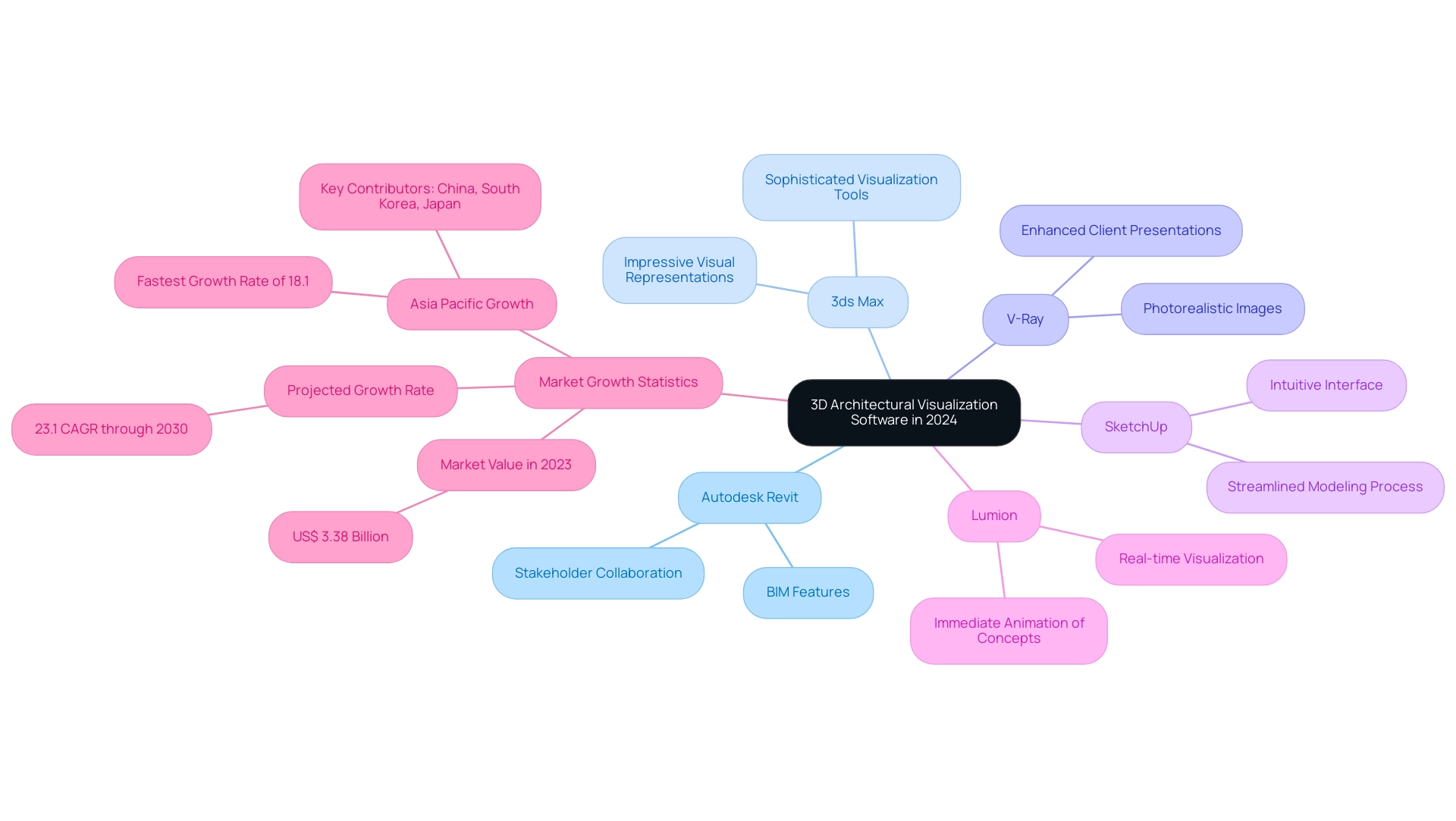
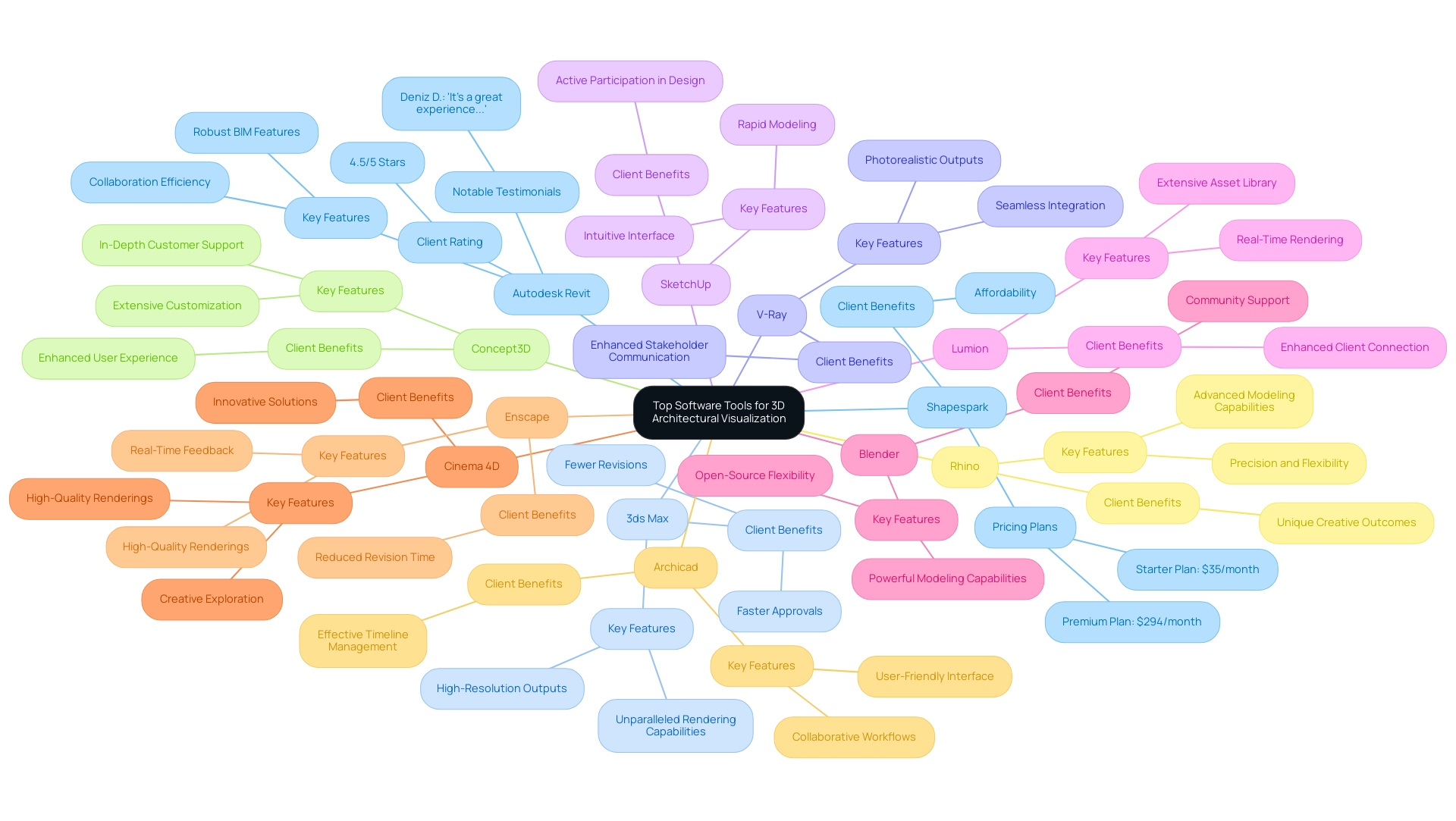
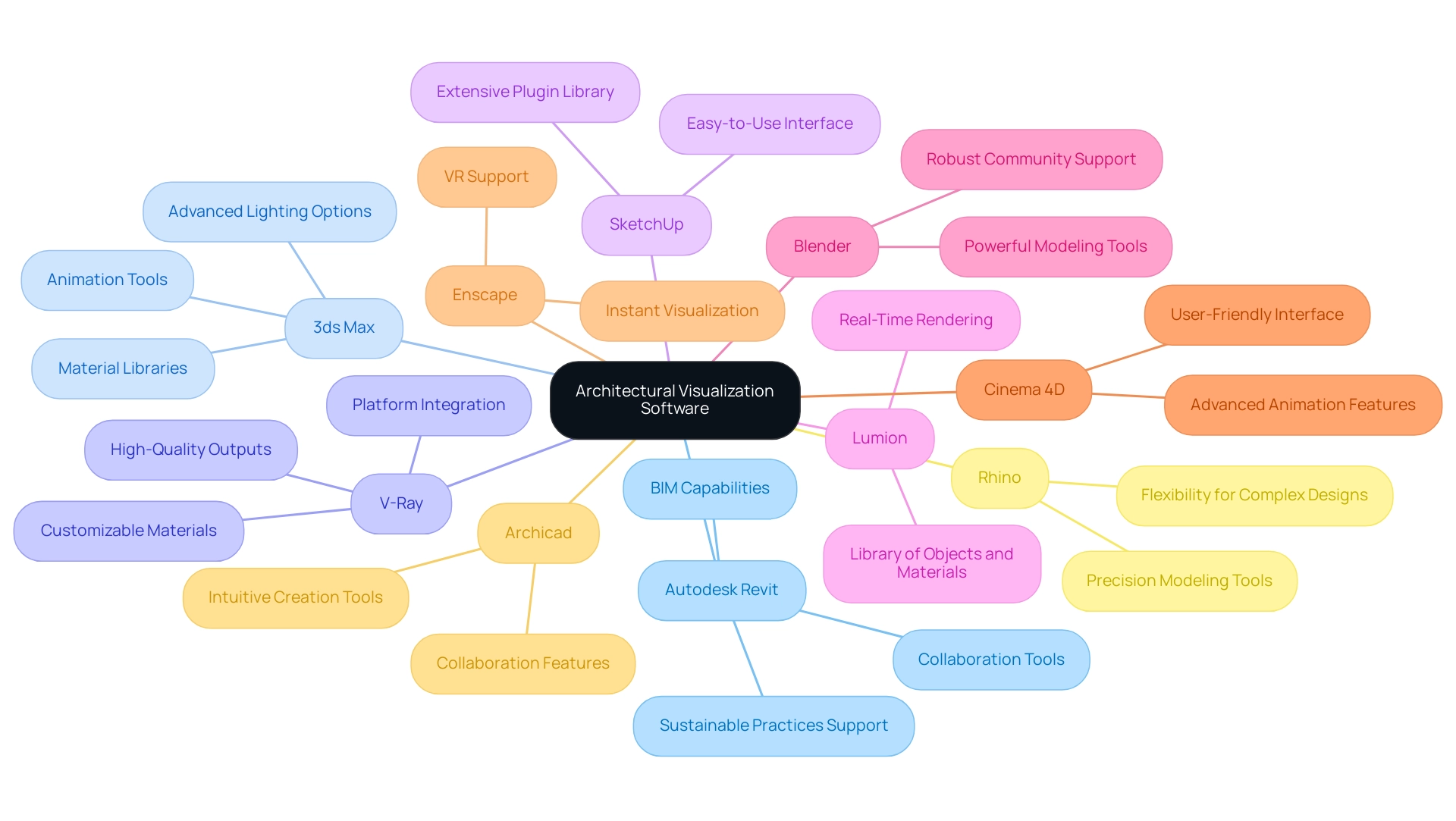
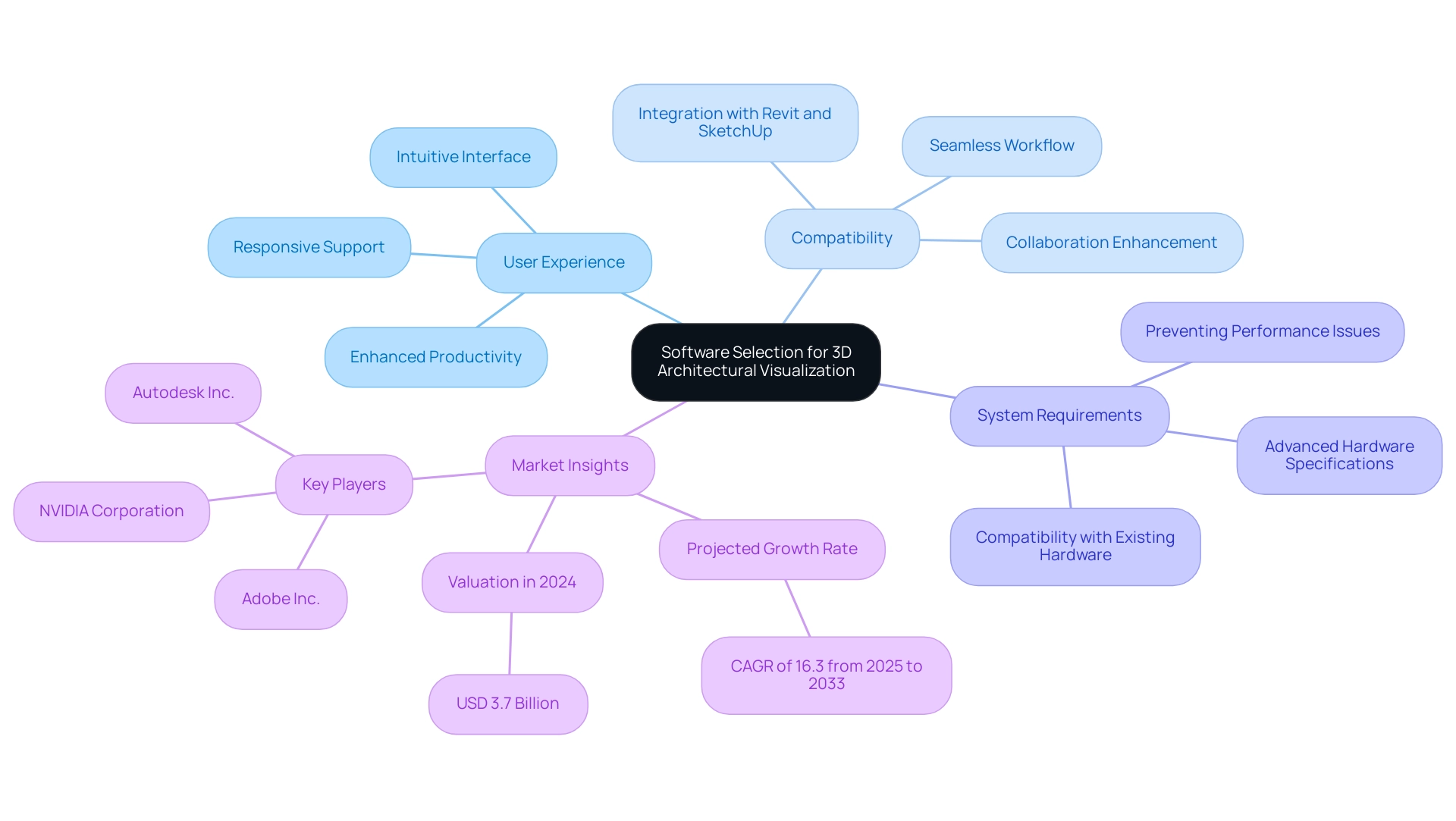
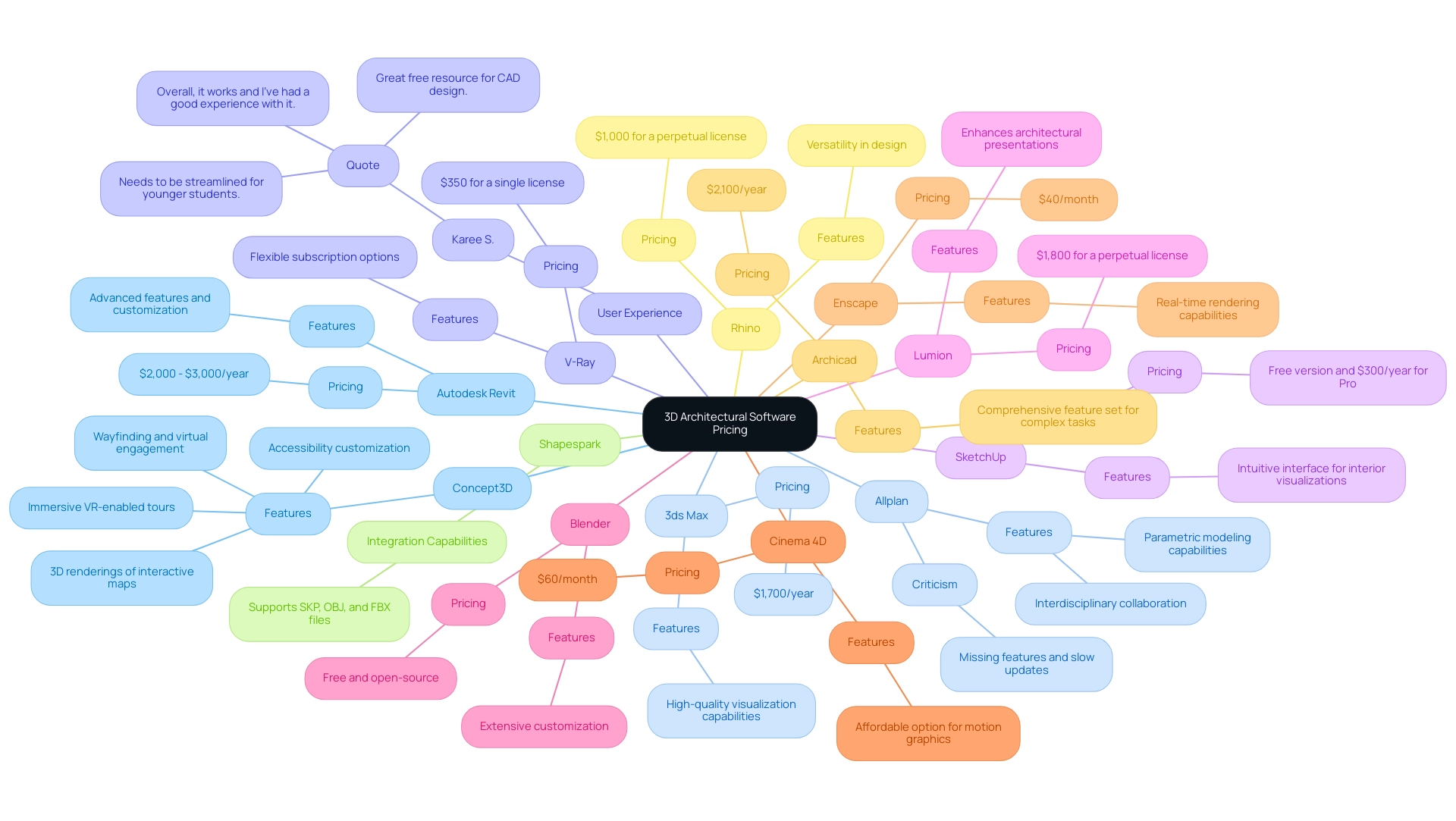
0 Comments